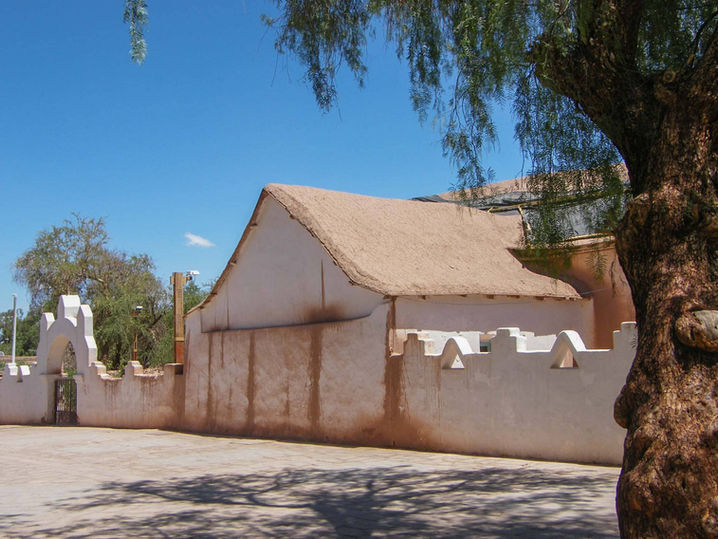Impressions of Chile
Extensive travel in 2012 and 2013 throughout Chile has produced an equally extensive photo collection, reflecting the unlimited diversity of this country’s cultures, nature and climates. Contrast between the rocky deserts of El Gran Norte or Atacama and the glaciers of Patagonia’s southernmost tip could indeed hardly be more striking, just like the mountain landscapes of Chile’s Andean backbone and the Polynesian environment of La Isla de Páscua have really nothing in common either.
Explore Chile by means of this long, very long drop-down menu, split up in seven (7) chapters:
1. Santiago and Central, which also includes the main port city of Valparaíso;
2. Atacama, the desert area of Andean villages, volcanoes on the border with Argentina, geysers and more;
3. El Gran Norte, bordering Perú and Bolivia, dotted with mysterious geoglyphs and nitrate mines over which regional wars were waged;
4. Puerto Montt and Chiloé Island, wet and rainy, green meadows near the sea, villages of pole houses and wooden churches;
5. Valdivia and Pucón, a bit like Switzerland with lakes, lagunas and mountain tops, only that these mountains are active volcanoes, their tops surrounded by a white crown of fumes;
6. Patagonia, the Chilean side of it, with the Torres del Paine NP and colonies of Magellanic penguins;
7. Easter Island, as Polynesian in character as it can be, a tiny triangular piece of land which emerged from the bottom of the Pacific by volcanic force, home to ahu statues and sanctuaries which have not given their secrets away until today.
Before visiting the place of your choice:
Watched over by the impressing cone of the Licancabur volcano, the small town of San Pedro sits centrally on the high plateau, the Altiplano of Atacama, a desert-like area in the North of Chile, near the Bolivian border. Actually, if the Bolivians had not had the idea of teaming up with Perú in 1879 to attack Chile, they would not have lost the so-called War of the Pacific, and chances are that San Pedro, the Atacama desert and the adjacent Pacific coast strip would still be Bolivian right now. They did attack, though, and since the end of the war in 1884 the Atacama has been Chilean territory. San Pedro is small but interesting, commanded by a very special frontier atmosphere, laid back and simultaneously mindful of the toughness of desert life at high altitude. San Pedro's elevation is 2,408 metres, by the way. Pre-Columbian art in the Le Paige archaeological museum, named after a Belgian Jesuit missionary, and the 17th century adobe church near the Plaza de Armas are highlights of San Pedro.

© 2020.Created by Marc Van den Reeck with Wix.com























